Consider the code below:
DummyBean dum = new DummyBean();
dum.setDummy("foo");
System.out.println(dum.getDummy()); // prints 'foo'
DummyBean dumtwo = dum;
System.out.println(dumtwo.getDummy()); // prints 'foo'
dum.setDummy("bar");
System.out.println(dumtwo.getDummy()); // prints 'bar' but it should print 'foo'
So, I want to copy the dum to dumtwo and change dum without affecting the dumtwo. But the code above is not doing that. When I change something in dum, the same change is happening in dumtwo also.
I guess, when I say dumtwo = dum, Java copies the reference only. So, is there any way to create a fresh copy of dum and assign it to dumtwo?


